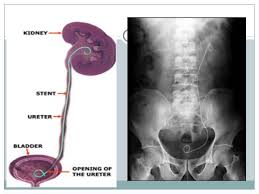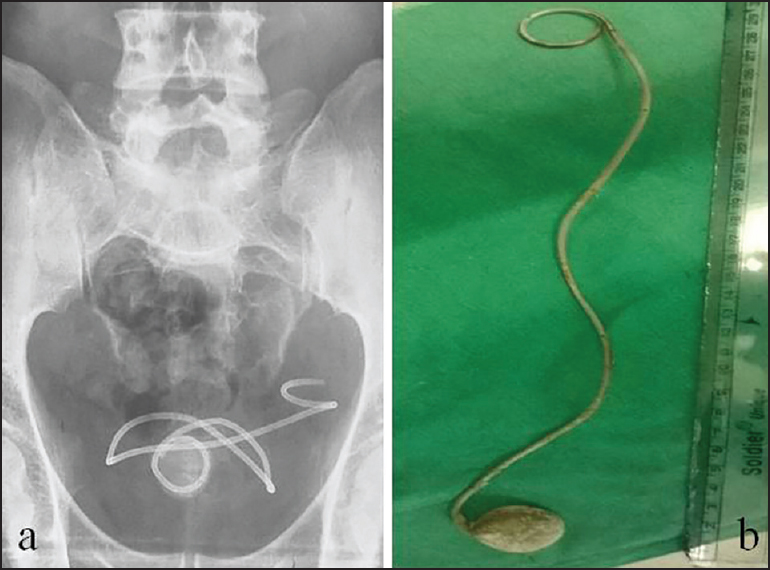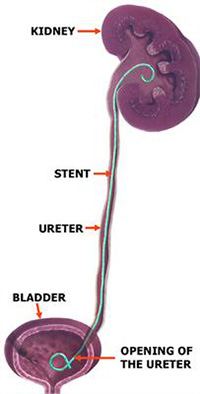


The dedicated Pawar Multispeciality Hospital is one of the best hospitals in Pune for D J Stenting Surgery. The hospital conducts various D J Stenting Surgeries.
DJ stent is the short form for Double “J’ stent. It is a small tube that is placed in the body from the Kidney to the Urinary bladder. It is kept for about six weeks. The lower portion which is in the Urinary bladder is shaped like a usual “J” while the upper portion is like a mirror image. The shape helps in retaining the stent in the body.
The DJ stent does the following:

It maintains the Ureter open all the time.
It has multiple holes and even if there is block in the path urine can travel through these holes and prevent back pressure changes and Kidney destruction.
It helps the ureter dialate. The ureter or the passage from the Kidney to the urinary bladder enlarges to about two and a half to three times.
It helps prevent strictures or narrowing during the healing process. If there is injury or obstruction due to a stone the healing process would narrow the lumen [tube]. The DJ stent prevents this from happening.
It can flush the stones out of the Kidney. The person’s movement especially during walking or running creates movement of urine in the Kidney that facilitates movement of the stone out of the Kidney.
It helps the Kidney push out stones. The DJ stent is a foreign body and the body tries to push it out and these movements help the stones to come out.

The following are the instances when DJ stents are used
To facilitate the passage of small and medium sized stones in the Kidney to pass.
The DJ stenting could be carried out under spinal anesthesia cystoscope is used for the procedure. First a guide wire is passed through the ureter to the Kidney. The DJ stent is then passed over the guide wire and pushed in using a pusher.
The following are important.

It is necessary to drink sufficient water or fluids to pass about three and a half liters of urine a day. This would help achieve the purpose for which the stent is placed.
Initially there might be some discomfort as while passing urine normally there is no reflux or back flow of urine into the Kidneys. With the placement of DJ stent the valve that prevents reflux cannot function well and there might be some reflux that causes some funny sensations.
Usually 6 weeks of placement of the DJ stent should suffice. Since it is a foreign body it is very important that it should not be kept for more than 3 months. It should be removed before that at any cost. Patients have died after procedures for removing the stents kept for a long time.
Stones can get deposited over the stent if there are insufficient water intake and causes encrustations.
There might be some pain in the loin or back when the stone fragments come down the Ureter.
Even if they are needed for a long time like in retroperitoneal fibrosis they need to be replaced before three months ideally every two months.